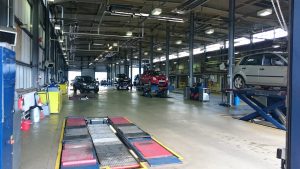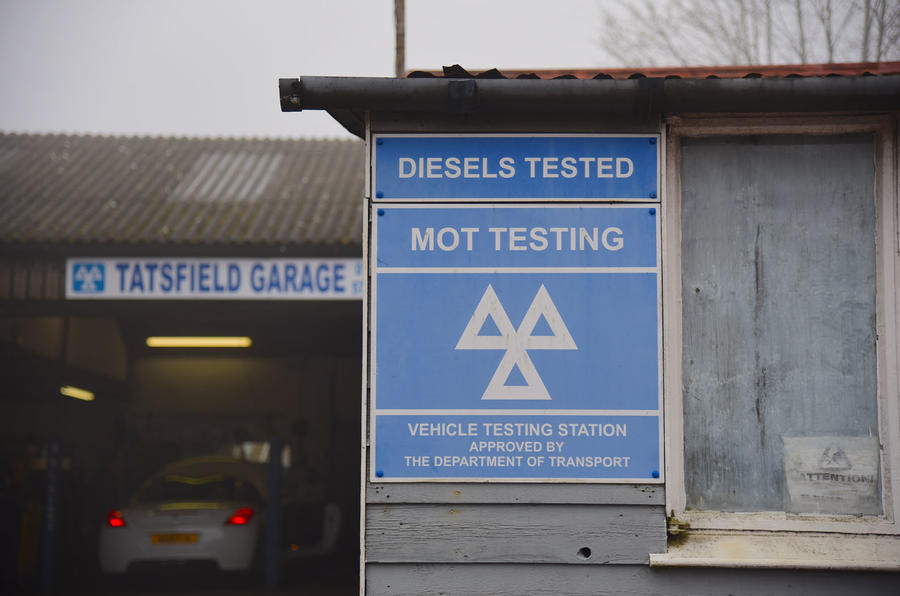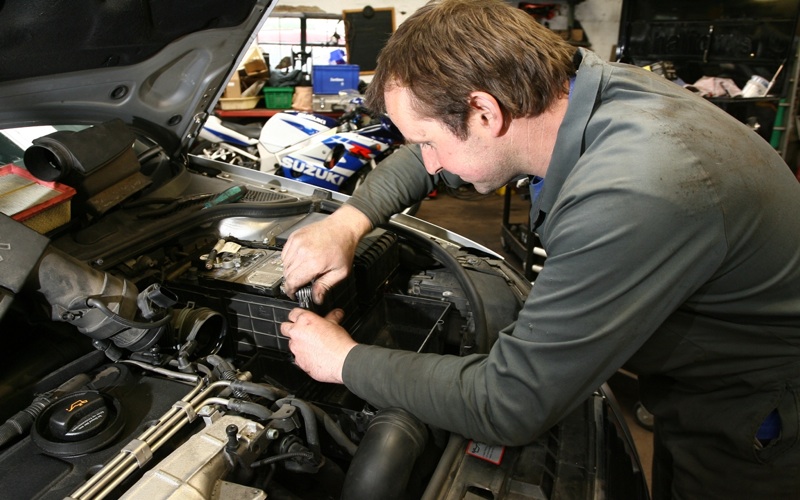By: Adam Bernstein
Health and safety. Three words guaranteed to make people either grimace or yawn. But there’s no denying that many workers are around because of the Health and Safety at Work etc. Act 1974 (HSWA).

A downward trend in fatalities
As Claire Burrows, director in the Regulatory & Compliance Team at Walker Morris LLP, points out, the HSWA brought about a downward trend in fatal accidents at work, until 1999, after which the rate of fatal injuries has remained relatively static.
Of course, accidents happen, but in 2016 came the Definitive Guideline on the sentencing
of health and safety offences which sent a clear message about the penalties for ignoring the law.
The guidelines, Burrows says, offer general principles a judge should follow when setting a fine. It says: “The fine must reflect the seriousness of the offence. It should meet, in a fair and proportionate way, the objectives of punishment, deterrence and the removal of gain derived through the commission of the offence.”
As she explains: “This approach has brought a big increase in the fines issued in health and safety convictions; these now frequently exceed the £1 million mark.”
The main principles
Current health and safety requirements are set out in the HSWA and the Management of Health and Safety at Work Regulations 1999, but in short they “require all employers to ensure, so far as reasonably practicable, the health, safety and welfare at work of all employees”. That duty extends to members of the public, contractors or visitors.
Paul Verrico, a partner and solicitor-advocate in the Environment, Health and Safety team at Eversheds Sutherland, cites the need for employers to do all that is reasonably practicable, and central to this is organisations having access to sufficient expertise to make sure that people are kept safe.
Burrows mentions the requirement to undertake suitable and sufficient risk assessments of activities and the environment to identify risks. Furthermore, firms that employ five or more must document their H&S policy
and risk assessments.
For Verrico, it’s important that companies train people, supervise them, give clear instructions, make sure that they are provided with safe tools and perform suitable and sufficient risk assessments that are capable of being followed.
Burrows adds that a reverse burden of proof exists in health and safety law, meaning that a defendant has to prove, on the balance of probabilities, that it was not reasonably practicable to do more than they did.
Where organisations tend to go wrong
Clearly very few organisations intentionally break the law, but they do sometimes become blind to risks. As Burrows says: “It is not enough for an organisation to implement a set of policies and procedures if they then fail to enforce them.”
Genuine accidents do occur. Reassuringly, she says that “in these circumstances the chance of prosecution is very low”.
Deliberate employee activity
Burrows says: “Employees also have a duty to take care of
their own health and safety, and that of others.”
Verrico notes that if an employee deliberately violates a system, they can be held personally accountable. He adds: “If the company has done all that is reasonable, it will not be held criminally liable.”
An incident occurs
An accident must be reported to the person responsible for health and safety within the organisation and, says Burrows, the scene must be preserved.
The HSE will then decide whether or not to investigate. They may want to visit the scene of the accident, which they have the power to do within reasonable hours. She says: “One person should be made the point of contact,
and accurate written records of conversations with the HSE and any documents or information requested should be kept.”
Verrico is careful to say that an HSE inspector will be concerned with two things – making sure that no one else gets hurt in the same way as happened in the incident, and ensuring that where lessons can be learned, they are immediately considered.”
Enforcing the law
Routine HSE visits are no longer commonplace. However, Burrows warns organisations to be prepared for a visit and “any attempt to disrupt or prevent an inspector’s visit can lead to
a fine or imprisonment”.
In summary
It’s patently clear that health and safety is a perpetual problem for all organisations, irrespective of size. One thing is certain, those that choose to ignore the rules will only get away with it for so long.











Go to comments